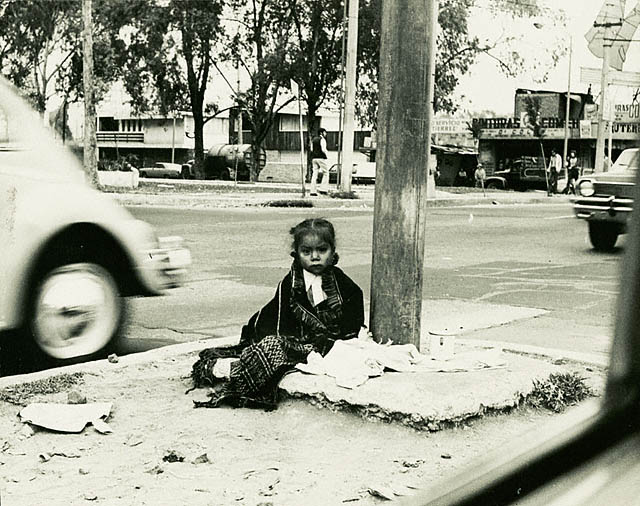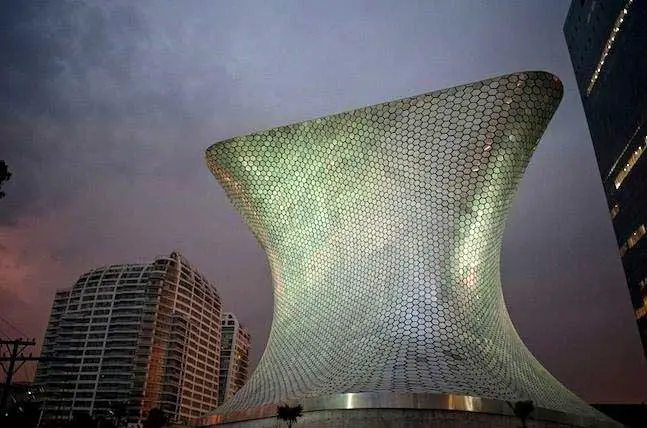Mexico has gained fame for many things, such as its cuisine, its muralist 20th century painters, and its richly diverse customs. More recently, the territorial wars among drug cartels and the military have left over 40,000 dead and countless consequences in its aftermath. International attention has been concentrated since 2006 on the bloody events and the movement of important players within Mexico's Drug War. The Mexican Drug War, as analysts are dubbing it, is a battle for territory, monetary power, and fear. The main parties involved are the old and established drug cartels (the Sinaloa cartel), the newly formed terrorist group, known as Los Zetas, which is composed of former soldiers who constitute the most violent group of all, and the military, who on behalf of the government has been fighting both groups in order to achieve peace. But many would argue that the military involvement has only worsened the situation. Since the three groups began fighting each other, there have been more violent attacks from the cartels and Los Zetas. The violence has drifted away from drug routes and into major metropolis regions. While not everyone is directly affected by the drug war, everyone does fear it.
Click here to learn more about this.
While this is an important aspect to pay attention to, the cultural and social evolution the country is experiencing has been overlooked. There is much more than just death toll figures coming out of Mexico. Currently, the San Francisco branch of the Museum of Modern Art, SFMOMA, is showcasing a 5-month long exhibition of over 150 photographs describing Mexico from the 1920's to its present-day settings. Photography in Mexico highlights the work of genius artists such as, Paul Strand, Edward Weston, Lola and Manuel Alvarez Bravo, Manuel Carrillo, Pedro Meyer, and many others.Click here to learn more about this.
 |
| Edward Weston Piramide del Sol, Teotihuacan, 1923 |
 |
| Hector Garcia Islate de Injusticia en la gran Cuidad de Mexico, 1972 |
The exhibition features a chronological journey through Mexico's post-revolutionary renaissance, nationalist concern with cultural traditions, and the contemporary international perspectives on the US-Mexico border issues. The show offers much more than an art history lesson: it gives an honest account through the captured images about what shaped the nation after its grueling revolution.
Click here to learn more about this.
Tina Modotti, Paul Strand, and Edward Weston, along with works by key Mexican photographers including Lola Alvarez Bravo, Manuel Alvarez Bravo, Manuel Carrillo, Héctor Garcia, Lourdes Grobet, Graciela Iturbide, Enrique Metinides, Pedro Meyer, Pablo Ortiz Monasterio, and Mariana Yampolsky.
More Information: http://artdaily.com/index.asp?int_sec=2&int_new=54017&b=mexico[/url]
Copyright © artdaily.org
More Information: http://artdaily.com/index.asp?int_sec=2&int_new=54017&b=mexico[/url]
Copyright © artdaily.org
by Tina Modotti, Paul Strand, and Edward Weston, along with works by key Mexican photographers including Lola Alvarez Bravo, Manuel Alvarez Bravo, Manuel Carrillo, Héctor Garcia, Lourdes Grobet, Graciela Iturbide, Enrique Metinides, Pedro Meyer, Pablo Ortiz Monasterio, and Mariana Yampolsky.
More Information: http://artdaily.com/index.asp?int_sec=2&int_new=54017&b=mexico[/url]
Copyright © artdaily.org
More Information: http://artdaily.com/index.asp?int_sec=2&int_new=54017&b=mexico[/url]
Copyright © artdaily.org
by Tina Modotti, Paul Strand, and Edward Weston, along with works by key Mexican photographers including Lola Alvarez Bravo, Manuel Alvarez Bravo, Manuel Carrillo, Héctor Garcia, Lourdes Grobet, Graciela Iturbide, Enrique Metinides, Pedro Meyer, Pablo Ortiz Monasterio, and Mariana Yampolsky.
More Information: http://artdaily.com/index.asp?int_sec=2&int_new=54017&b=mexico[/url]
Copyright © artdaily.org
More Information: http://artdaily.com/index.asp?int_sec=2&int_new=54017&b=mexico[/url]
Copyright © artdaily.org
Regardless of location, the drug war reaches millions without their knowledge. Artist Antonio Vega Macotela, who works from Mexico City and Amsterdam, is currently being displayed in LA's Steve Turner Contemporary Gallery, making it his first solo-exhibition in the US. His work deals with revealing the underground form of communication used by Mexican drug traffickers and military soldiers. These messages are written with an anamorphic writing system, which is legible from extreme angles.
 |
| Message seen from a straight-forward view. |
| Message is legible when placed at an extreme angle. |
Within the exhibition, Macotela has given a deeper meaning to his work by facilitating the ability of the viewer to read the messages: one must kneel in front of the wall and stare directly up to read the newspaper clippings. This work is very directing through its usage of the viewers' body, but at the same time has little to say through the messages displayed.
Click here to learn more about this.
Meanwhile, there is a new museum in Mexico City featuring the world's richest man's art collection. Carlos Slim Helu's Museo Soumaya features what could be the world's largest collection of pre-Hispanic and colonial era coins, modern Mexican artworks, and classical European works from some of the Old Masters. While this museum is free for the public, it is not clear if the Soumaya will continue to acquire contemporary Mexican pieces, will commission artists for unique works, or become a patron of the arts during a tumultuous time within the cultural life of Mexico.
 |
| Exterior view of the Museo Soumaya in Mexico City, MX |
Really thoughtful, substantial blogging, Diana! Truly informative and interesting. Keep it up.
ReplyDeleteCarlos Slim Helú is an interesting figure. When I think of large private collections, I think about art far displaced from its original audience and context. I feel for countries or groups who have lost priceless cultural treasures. At least he placed this collection on public display.
ReplyDelete